
Security
Aligning Technical Security Controls to NIST
Learn how to translate NIST frameworks into practical technical controls. Map CSF 2.0 functions to actionable security implementations.

Chris Singlemann
Go-to-market
Identity Security
Email Security
Endpoint Security

Identity Security
Essential Identity and Access Management Metrics: Definitions, Examples, and Best Practices
Track IAM metrics that matter: MFA coverage, TTDv, JIT access. Get formulas, benchmarks & NIST-aligned targets to measure identity security.

Joe Kaden
Product
Control Monitoring
Identity Security
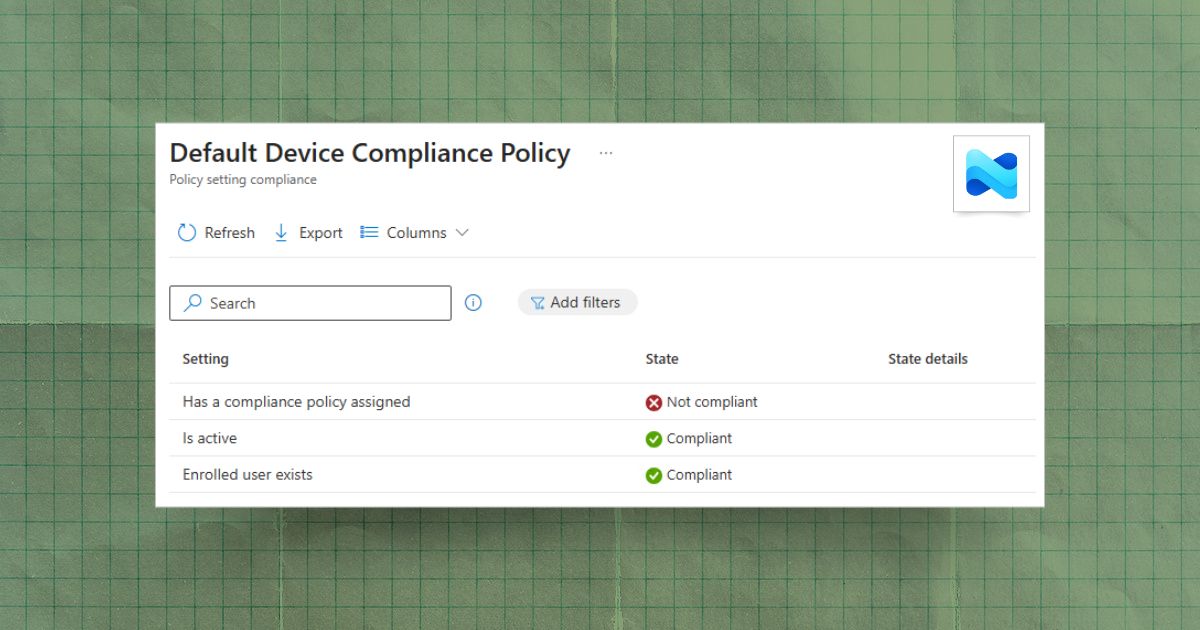
Endpoint Security
Understanding the Default Device Compliance Policy in Intune
Understand Intune's built-in default device compliance policy, the three checks it enforces, and how to remediate common noncompliant statuses.

Pete Constantine
Product
Microsoft
Control Monitoring
Endpoint Security

Endpoint Security
How to Configure Attack Surface Reduction Rules in Microsoft Intune
Step-by-step guide to configuring Attack Surface Reduction rules in Microsoft Intune, from prerequisites to deployment and ongoing monitoring.

Pete Constantine
Product
Control Monitoring
Microsoft
Endpoint Security
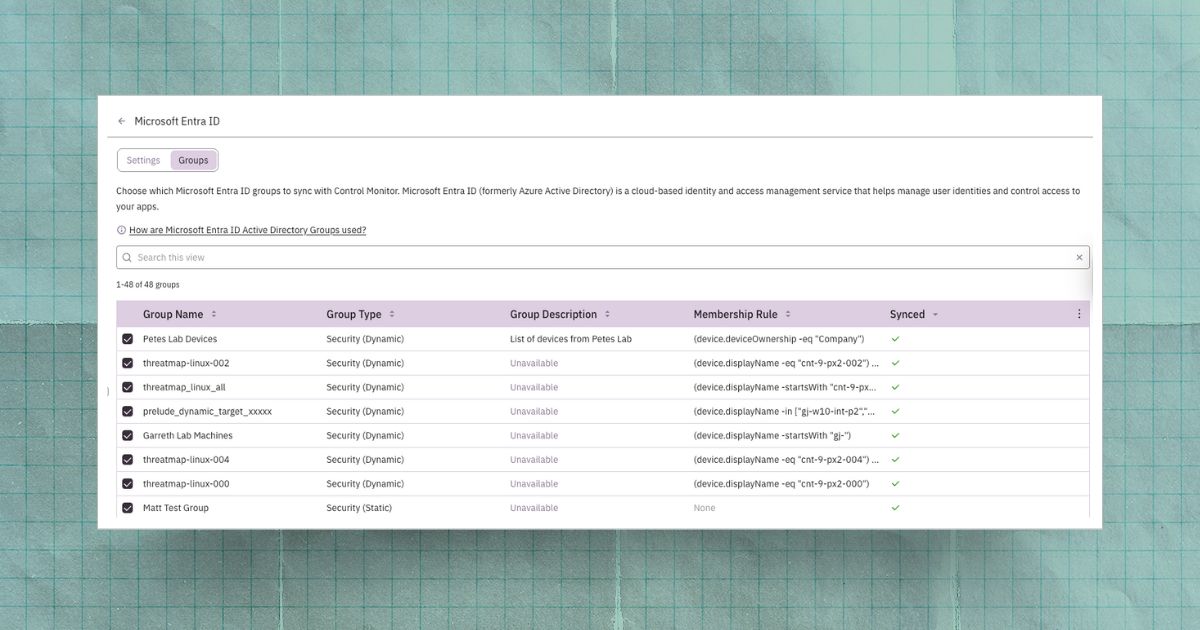
Platform
Leveraging Entra ID Groups in Prelude to Visualize Your Security Posture
Sync Entra ID groups with Prelude to visualize security posture by team, filter findings, spot drift, and prioritize remediation where risk is highest.

Joe Kaden
Product
Control Monitoring
Identity Security
Platform

Intel
How Intel Hardware Capabilities Enable Better Software Security
Discover how Intel's hardware-based security capabilities create stronger defenses than software-only approaches for modern business threats.

Pete Constantine
Product
Endpoint Security
Hardware Security
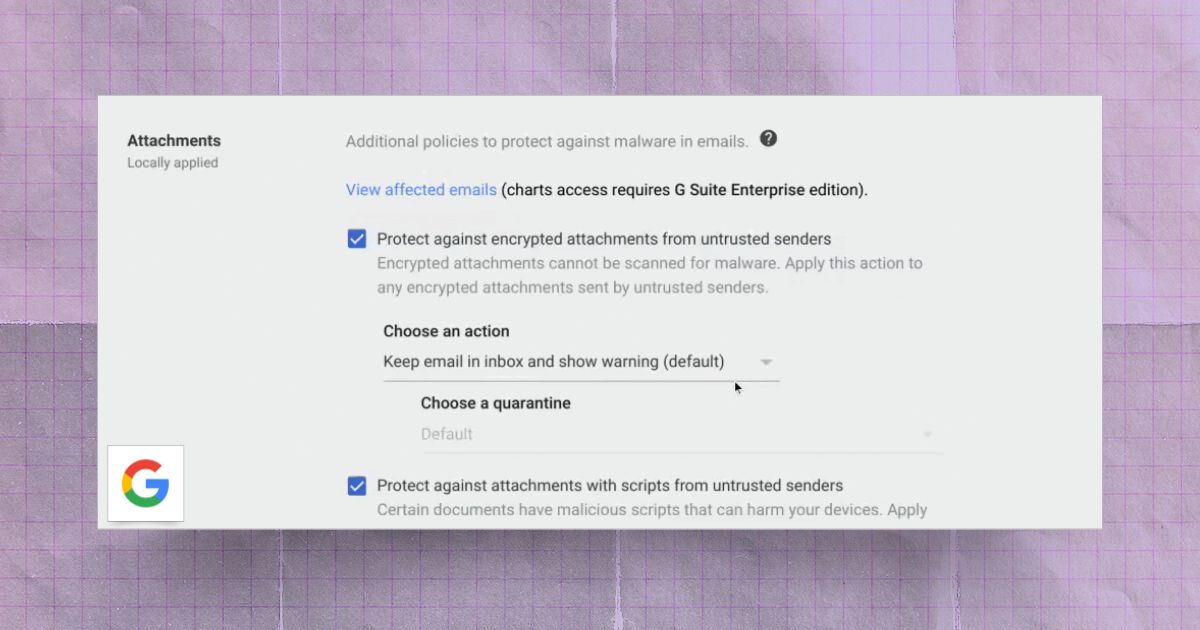
Email Security
Hardening Google Workspace Email: Anti-Spoofing and Advanced Phishing Protections
Learn to configure Gmail's anti-spoofing protections, SPF/DKIM/DMARC authentication, and enhanced scanning to stop phishing attacks.

Chris Singlemann
Go-to-market
Control Monitoring
Google Workspace
Email Security

Identity Security
Configuring Entra ID to Prevent User-Created Apps and Security Groups
Learn how to disable risky Entra ID defaults that let users create apps and groups, preventing attacker persistence and shadow IT risks.

Joe Kaden
Product
Control Monitoring
Microsoft
Identity Security

Endpoint Security
It's (Finally) Time For The Next Generation of Endpoint Security
As antivirus innovated between 1995 and 2010, and EDR between 2010 and 2025, a new generation of endpoint protection is needed to combat modern ransomware.

Spencer Thompson
Leadership
Company
Security
Endpoint Security
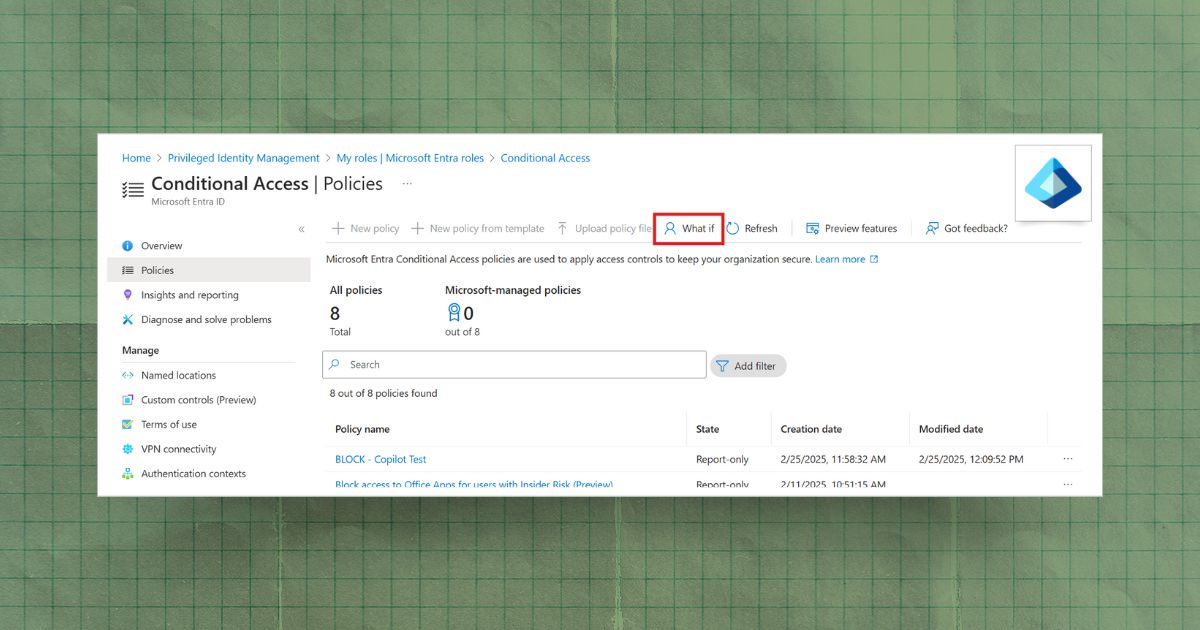
Identity Security
Understanding Conditional Access Policies in Entra ID
Learn how Microsoft Entra ID Conditional Access policies work, common misconfigurations that create security gaps, and how to validate policy enforcement for Zero Trust security.

Joe Kaden
Product
Microsoft
Control Monitoring
Identity Security

Endpoint Security
How To Find Endpoints Not Onboarded to Microsoft Defender for Endpoint (MDE)
Discover unprotected endpoints in your Microsoft environment. Step-by-step guide to MDE discovery tools and automated solutions.

Chris Singlemann
Go-to-market
Microsoft
Control Monitoring
Endpoint Security
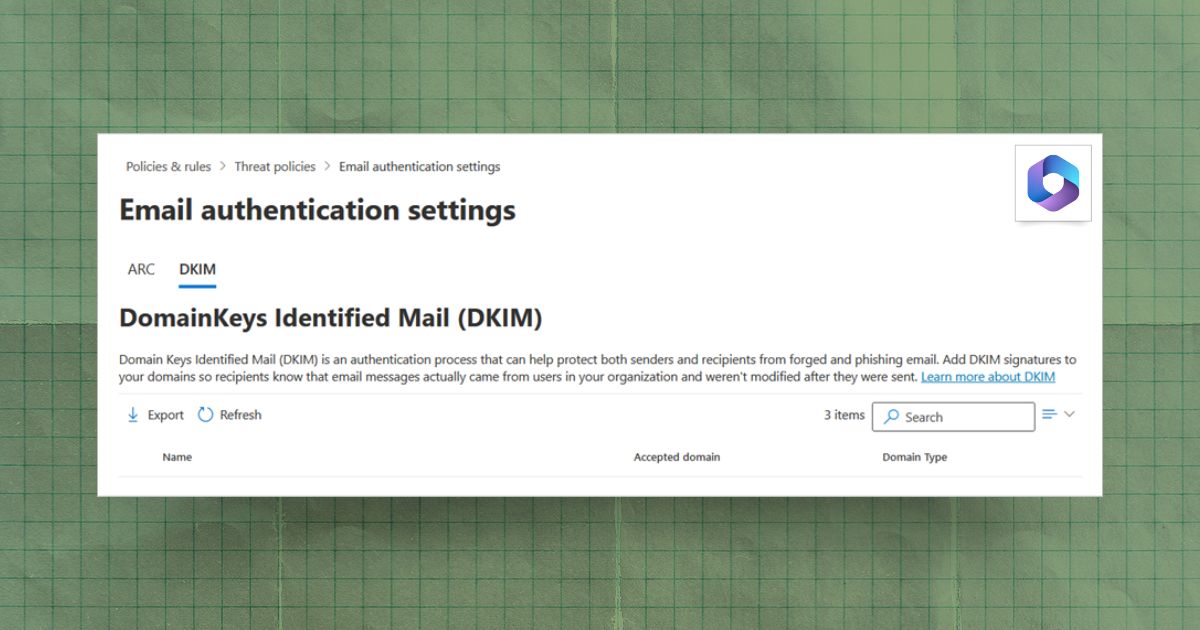
Email Security
A Configuration Guide to DKIM and DMARC Settings in Microsoft 365
Learn how to configure DKIM and DMARC in Microsoft 365 to prevent email spoofing and improve deliverability. Includes setup steps and monitoring guidance.

Chris Singlemann
Go-to-market
Control Monitoring
Microsoft
Email Security

Endpoint Security
How to Find Unmanaged and BYOD Devices in Your Environment
Learn how to identify unmanaged and BYOD devices using identity logs, MDM systems, and network data to close security gaps and prevent ransomware.

Pete Constantine
Product
Control Monitoring
Risk Management
Endpoint Security

Security
How to Make Cyber Insurance More Than Security Theater
The technical controls required for cyber insurance shouldn't just be about checking the box. Constantly monitoring and validating those tools is the difference between real resilience and your claim not getting paid out.

Spencer Thompson
Leadership
Cyber insurance
Control Validation
Security

Security
The Security Questions You Should Always Be Able to Answer
From device management to MFA enforcement, understanding how your environment is secured at any given time is a critical element for insurance and audits.

Chris Singlemann
Go-to-market
Control Monitoring
Control Validation
Security
Identity Security
Endpoint Security
See for yourself
Done with reading for the day? Try Prelude instead.
Put our insights to good use with a free trial of Prelude so you can validate the coverage, configuration, and efficacy of your security tools.


.jpg)



